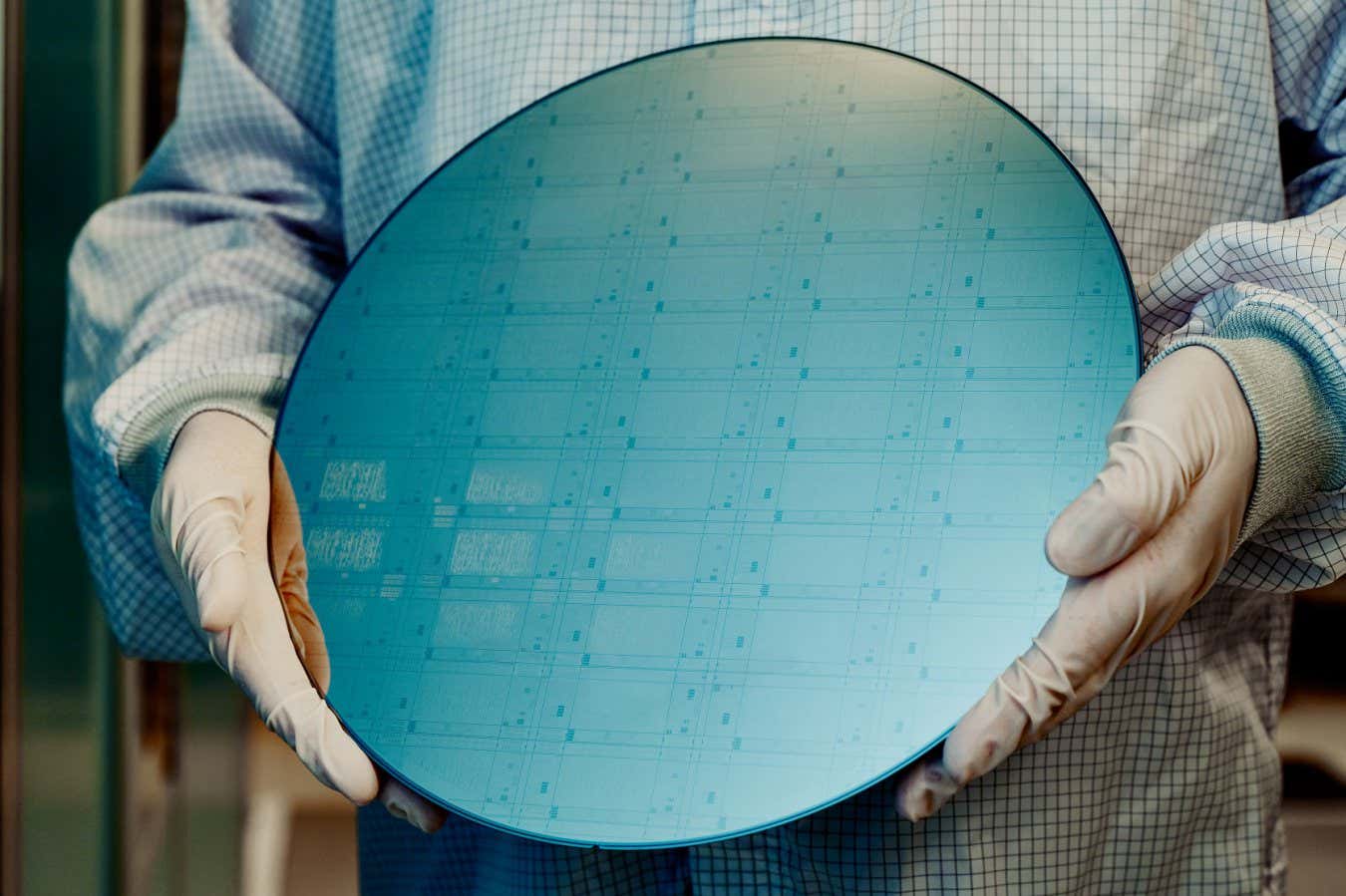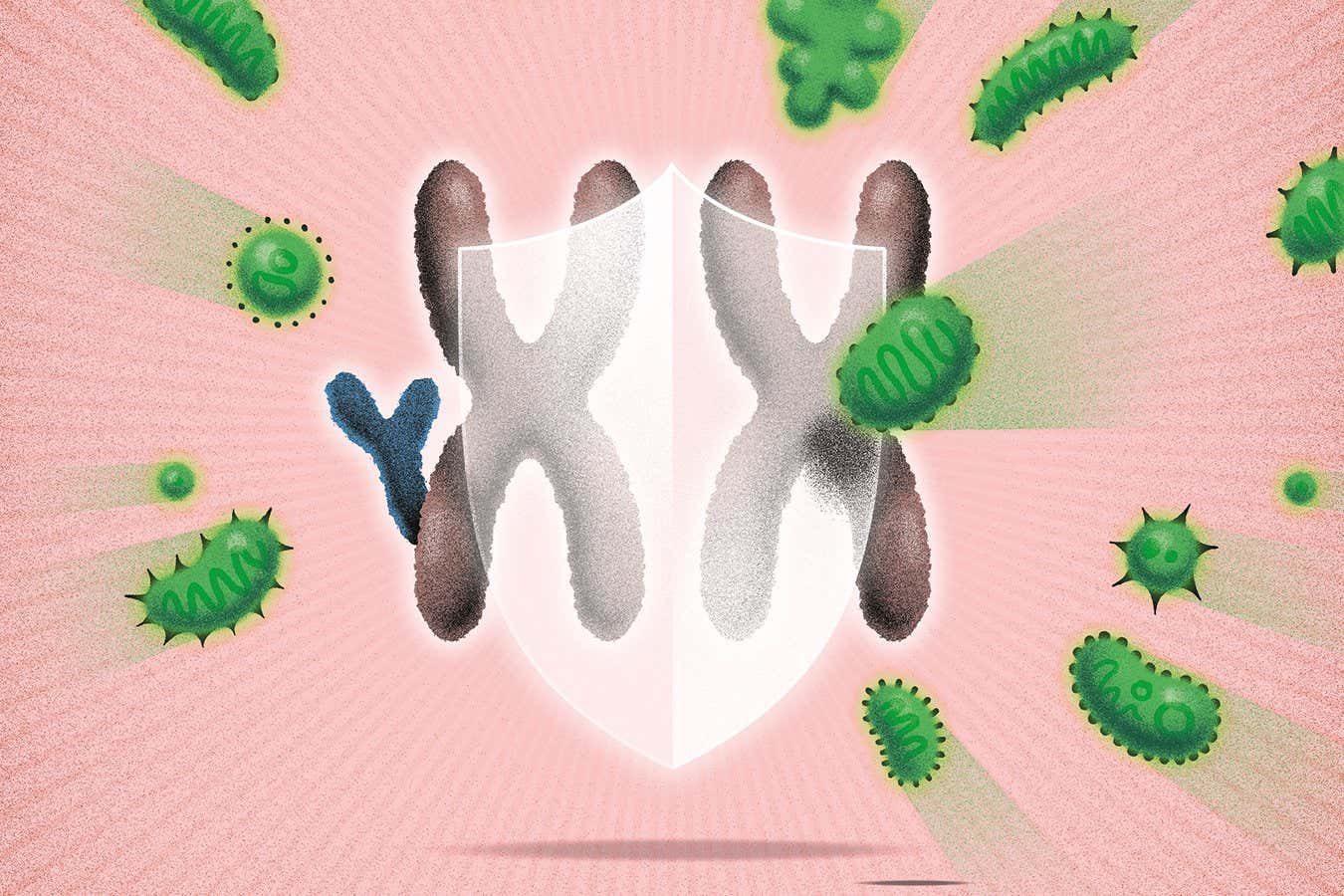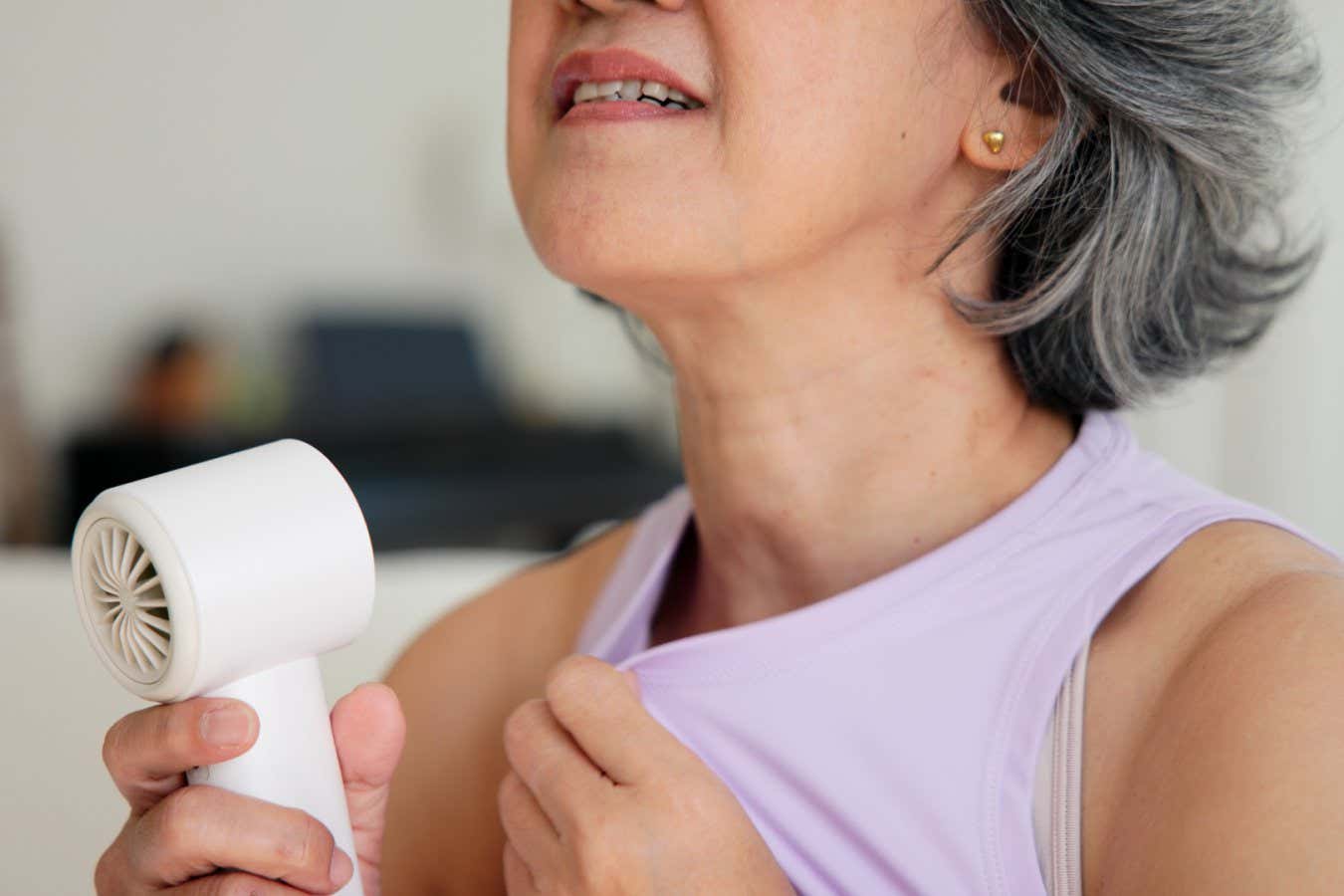Sex could help wounds heal faster by reducing stress

Regular intimacy can have health benefits
Maria Korneeva/Getty Images
Sex, or even just intimate touch, could help speed up wound healing – but perhaps only if combined with a nasal oxytocin spray.
Often called the “love hormone” or “cuddle chemical”, oxytocin stimulates uterine contractions during childbirth, and then lactation, but has also been associated with social bonding and sex. Previous research suggests it also speeds up the healing of oral ulcers, possibly due to its anti-inflammatory effect.
What’s more, hostility between couples has been linked to the slower healing of blisters, which prompted Beate Ditzen at the University of Zurich in Switzerland and her colleagues to wonder if a lack of oxytocin during these interactions could at least be partly mediating this effect.
To learn more, the team conducted a trial with 80 healthy heterosexual couples, whose average age was 27, who all received four small wounds on their forearms from a suction device.
The couples were then split into four groups, all of which experienced different interventions over the following week. The first group took a twice-daily oxytocin nasal spray and completed a 10-minute Partner Appreciation Task (PAT) – a structured discussion where they expressed gratitude for each other and paid each other compliments – up to three times a week.
The second group took the oxytocin spray twice a day, but didn’t participate in the PAT intervention, while the third group used a placebo spray and did the PAT, and the fourth used the placebo spray with no PAT intervention.
Taking the oxytocin spray alone, or doing the PAT with a placebo spray, didn’t heal the wounds any faster than the rate seen in the no-spray, no-PAT group. Combining oxytocin and PAT helped a little – in terms of things like reducing the size and depth of the wounds – but the effects were most pronounced among the couples who also reported touching or having any sexual activity with each other during that week. This was also linked to lower levels of cortisol, the stress hormone that can suppress immune function, in their saliva.
“We see improved wound healing in that group that combines the [PAT] interaction and oxytocin, but that effect is much less strong than the effect for those who combine oxytocin with a naturally occurring touch behaviour, and even sexual or intimate behaviour,” says Ditzen. “Now we know we have a really strong indication that oxytocin seems to be an underlying mechanism mediating these effects of positive couple interaction.”
“What makes the findings particularly exciting is that they suggest combining oxytocin administration with positive relational behaviours may enhance physical recovery – a promising direction for future psychosocial interventions in healthcare settings,” says Daryl O’Connor at the University of Leeds, UK.
Anna Whittaker at the University of Stirling in the UK says that administering a higher dose of oxytocin could bring about similar benefits, perhaps particularly for older adults, who tend to have suppressed immunity.
Topics:
Share this content:














إرسال التعليق